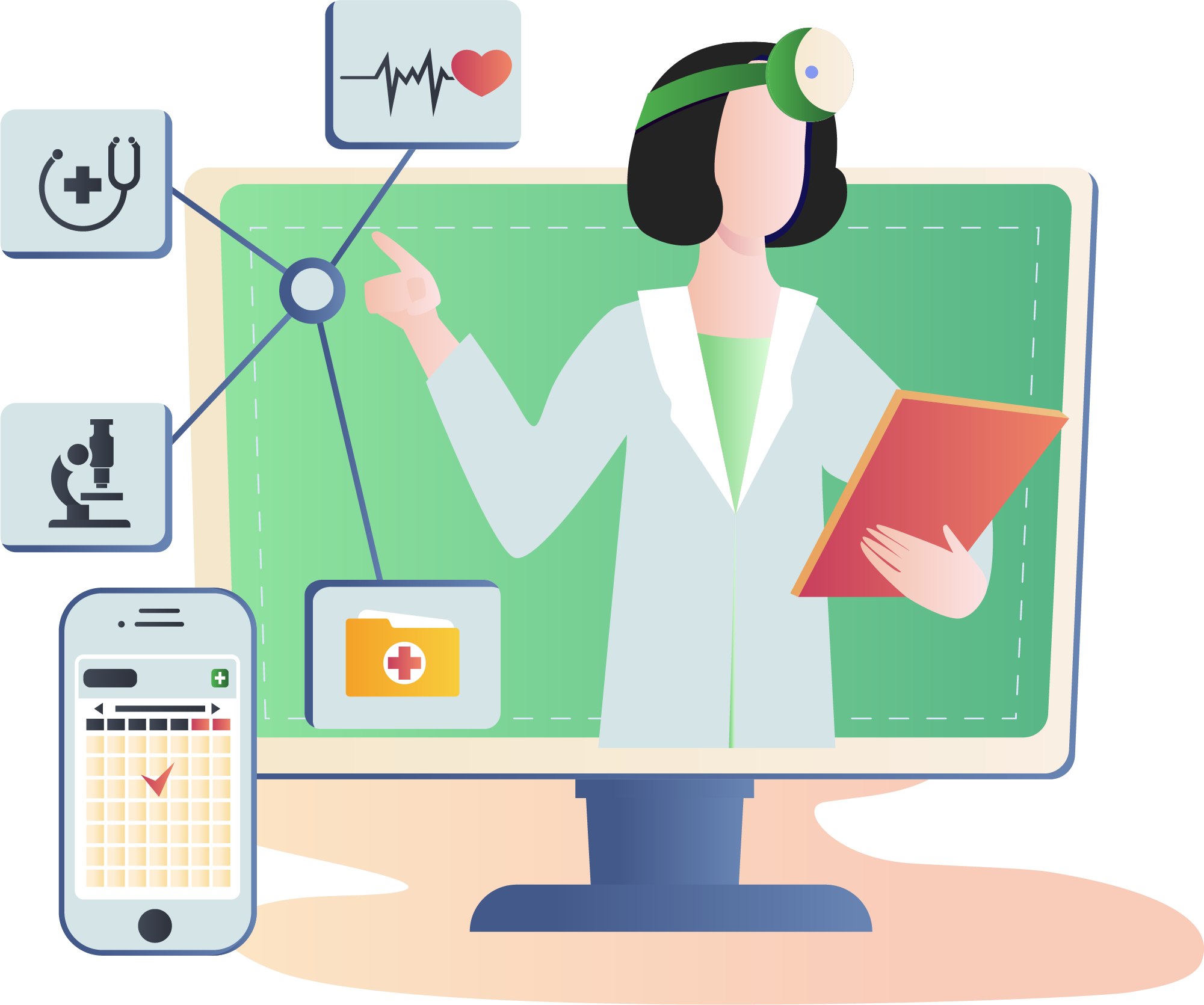Good communication sits at the heart of any emergency situation. Hospitals and EMTs need to collaborate together as if they're in the same room, communicating critical information like patient medical history, a patient's condition en route to the hospital, and access to the right personal protective equipment (find out how to help COVID-19 relief charities here).
While automating specific tasks during emergency situations may seem unlikely (these scenarios are highly nuanced), fast and automated communication can and will save lives. Underneath it all, though, it requires the right technology.
Here are three essential tasks healthcare professionals can automate on IM during an emergency.
1. Accessing past medical history
During an emergency situation, an EMT needs access to a patient's past medical history, and fast. They need to know if a person is allergic to any medicines, or if they're suffering from an underlying health condition. Equipped with this information, EMTs can provide tailored care as soon as possible.
Using a HIPAA compliant instant messaging (IM) chatbot, an EMT can type in the patient's information and an algorithm can scan electronic healthcare records (EHRs), sending back vital patient information instantaneously. Ultimately, this small process shaves vital minutes from the time arriving at the scene and the time it takes to administer treatment.
2. Updating a hospital about a patient's condition
En route to a hospital, an EMT must give an emergency medical services (EMS) radio report to the hospital. This includes information like:
- Vital signs (or baselines)
- Patient demographics
- Medical histories
- Allergies
- Medications
- Administrative data (like insurance policies)
- Progress reports
Communicating this over radio has its own set of challenges, however. In most systems, EMS providers use the radio to talk to a nurse, who then passes information to an emergency physician. Miscommunication during this process is common, and could lead to the wrong treatment.
By automating this process, an IM chatbot can rapidly interpret an EMTs report and present information to the hospital in clear and prioritized order. This will give EMTs time back to treat a patient, while simultaneously giving the hospital everything they need to administer the correct treatment.
3. Inter-departmental emergency collaboration
During more complex incidents, EMTs need to communicate to multiple departments at once to ensure that treatment is administered as quickly as possible. A typical stroke case, for example, follows a communication channel like so:
- An EMT radios and informs a nurse.
- The nurse passes this information to an emergency physician.
- The physician pages the stroke team, which includes specialized stroke nurses, techs and neurologists, possibly a radiology tech, radiologist, pharmacist and, in some cases, a neurointerventionalist, anesthesiologist and interventional radiology (IR) team.
- The EMTs then call an operator to inform them of their ETA.
This 'game of telephone' leaves a lot of room for mistakes. With an IM platform, however, an EMT can establish a group chat and quickly message urgent information to everyone involved. This way, the healthcare professionals responsible for administering treatment know exactly what they're dealing with, and in real time.
Automating IM really is a matter of life and death
Between file sharing, group messaging and alerting doctors with urgent messages, the right instant messaging platform really can be the difference between life and death. Unlike traditional radio reports, EMTs can quickly communicate with a chat bot via IM and receive instant and accurate information they need to provide more tailored care.
By automating these tasks, EMTs can reduce the risk of human error, receive patient-critical information as quickly as possible and, ultimately, begin administering the treatment that will save a life much sooner. Prepare and prevent, don't repair and repent!




